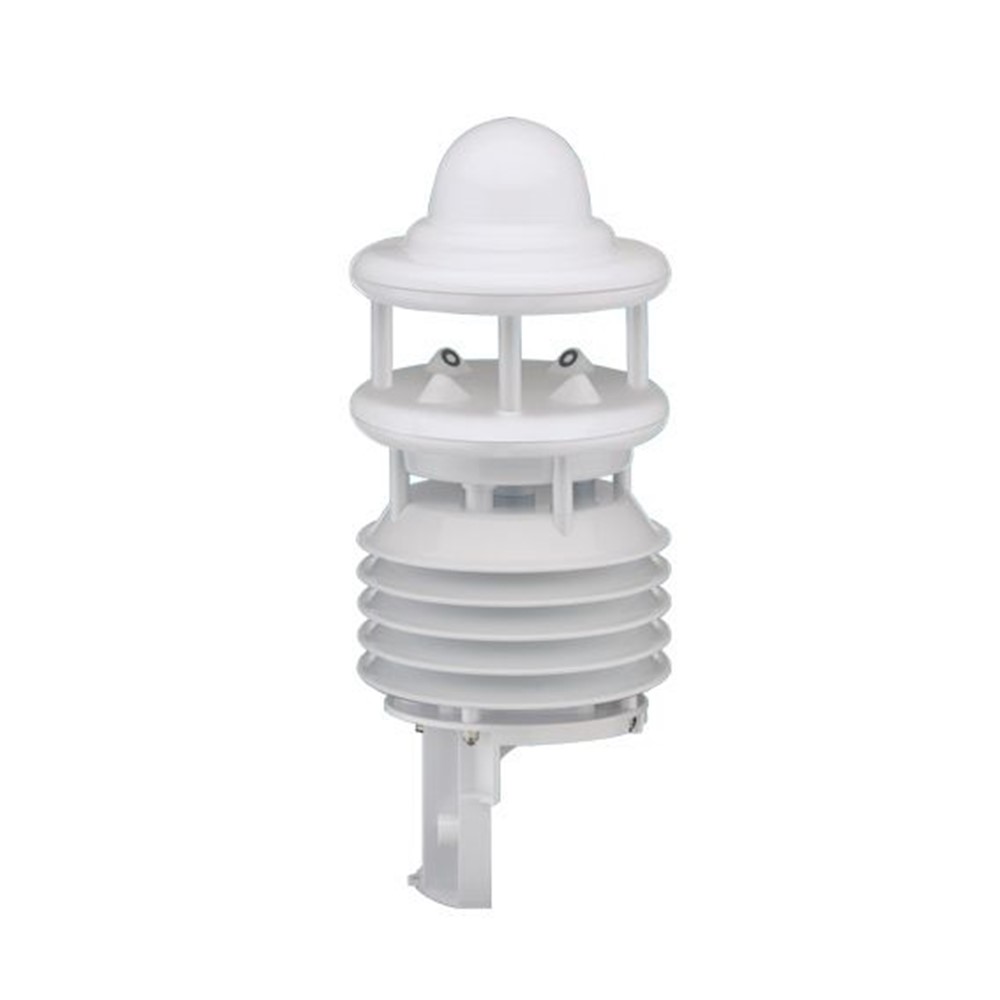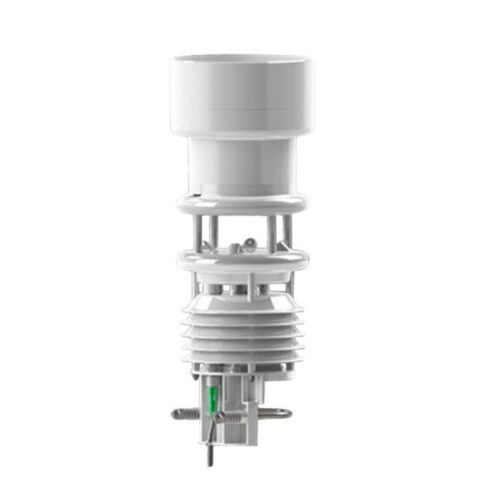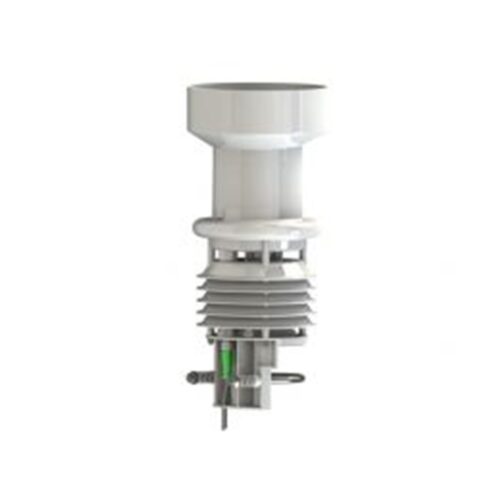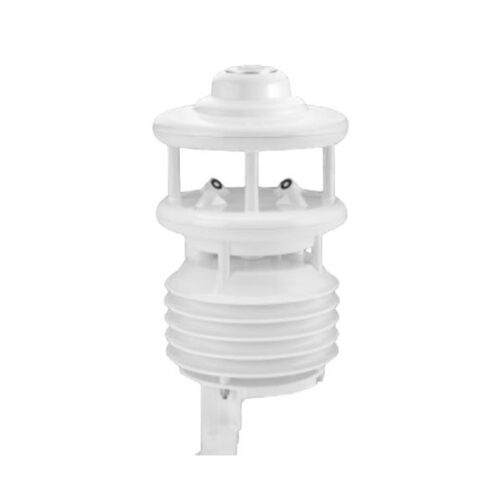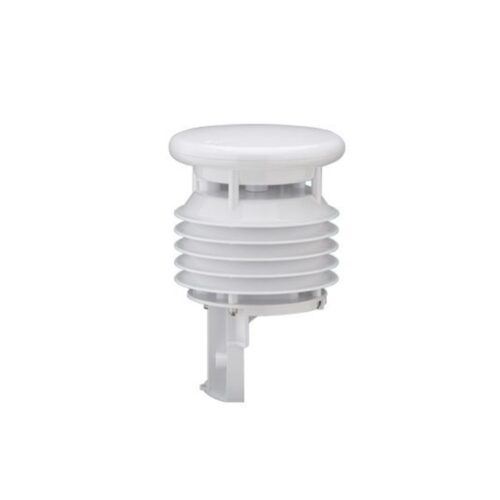- 24GHz Doppler radar measures precipitation drop speed and calculates quantity & type
- Easily mounts to 2″ diameter pipe with integrated bracket mount & U-bolts
- SDI-12 output for integration with NexSens and other data loggers
Lufft WS600 Multi-Parameter Weather Sensor
Description
Overview
The Lufft family of multi-parameter weather sensors offer a cost-effective, compact alternative for the acquisition of a variety of measurement parameters on land- and buoy-based weather stations. Depending on the model, each sensor will measure a different combination of weather parameters to meet a wide variety of applications. The Lufft WS600 Multi-Parameter Weather Sensor simultaneously measures air temperature, humidity, pressure, precipitation & wind with an integrated electronic compass for corrected wind direction on moving platforms.
Air Temperature & Humidity
Temperature is measured using a highly accurate NTC-resistor, while humidity is measured using a capacitive humidity sensor. Both sensors are located in a ventilated radiation shield to reduce the effects of solar radiation.
Pressure
Absolute air pressure is measured using a built-in MEMS sensor. The relative air pressure referenced to sea level is calculated using the barometric formula with the aid of the local altitude, which is user-configurable on the equipment.
Wind Speed & Direction
The wind sensor uses four ultrasound sensors which take cyclical measurements in all directions. The resulting wind speed and direction are calculated from the measured run-time sound differential.
Compass
The integrated electronic compass can be used to check the north-south adjustment of the sensor housing for wind direction measurement. It is also used to calculate the compass-corrected wind direction.
Precipitation
Tried and tested radar technology is used to measure precipitation. The precipitation sensor works with a 24GHz Doppler radar, which measures the drop speed and calculates precipitation quantity and type by correlating drop size and speed.
- Air Temperature
- Principle: NTC
- Measuring Range: -50 to +60 C
- Resolution: 0.1 C (-20 to +50 C); otherwise 0.2 C
- Accuracy: +/-0.2 C (-20 to +50 C); otherwise +/-0.5 C
- Units: C; F
- Humidity
- Principle: Capacitive
- Measuring Range: 0 to 100% RH
- Resolution: 0.1% RH
- Accuracy: +/-2% RH
- Units: % RH; g/m3; g/kg
- Pressure
- Principle: Capacitive
- Measuring Range: 300 to 1200hPa
- Resolution: 0.1hPa
- Accuracy: +/-1.5hPa
- Unit: hPa
- Wind Speed
- Principle: Ultrasonic
- Measuring Range: 0 to 60m/s
- Resolution: 0.1m/s
- Accuracy: +/-0.3m/s or 3% (0 to 35m/s); +/-5% (>35m/s)
- Response Threshold: 0.3m/s
- Units: m/s; km/h; mph; kts
- Wind Direction
- Principle: Ultrasonic
- Measuring Range: 0 to 359.9 degrees
- Resolution: 0.1 degrees
- Accuracy: +/-3 degrees
- Response Threshold: 0.3m/s
- Compass
- Principle: Integrated Electronic Compass
- Measuring Range: 0 to 359.9 degrees
- Resolution: 1.0 degree
- Precipitation
- Principle: Radar
- Measuring Range: 0.3mm to 5.0mm
- Liquid Precipitation Resolution: 0.01mm
- Precipitation Types: Rain, Snow
- Repeatability: Typically> 90%
- Response Threshold: 0.01mm
- Technical Data
- Interface: SDI-12, Modbus
- Operating Temperature: -50 to +60 C
- Operating Humidity: 0 to 100% RH
- Included Cable Length: 10m

